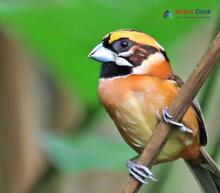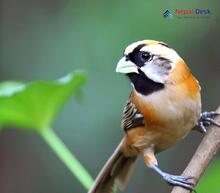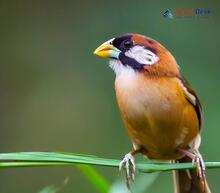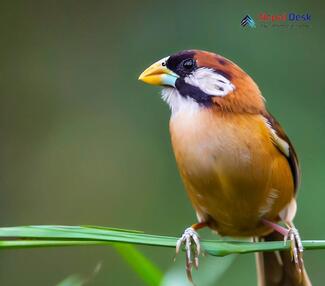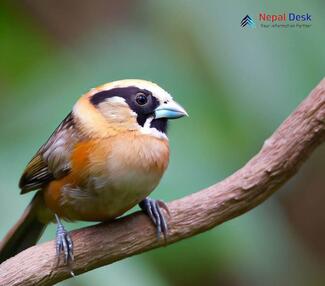Nepal, a haven boasting immense biodiversity and awe-inspiring landscapes, has long been a bird lover's dream. With over 900 bird species to its name, it comes as no shock that Nepal houses the intriguing Paradoxornithinae subfamily. These distinctive birds, commonly dubbed "parrotbills," have piqued the curiosity of both researchers and nature buffs due to their peculiar features and captivating evolutionary ties.
Getting to Know Paradoxornithinae: A Peek at Their Anatomy
These tiny passerine birds are easily set apart from their kin by their unique looks. Paradoxornithinae's most striking feature is their sturdy, hooked bills – a characteristic that bears resemblance to parrots, hence the nickname "parrotbills." These formidable beaks play a crucial role in their feeding behavior as they adeptly break open tough seeds and probe for insects concealed in plants. Moreover, their feather colors differ among species, appearing in either vivid shades or more muted tints.
The Puzzling Evolutionary Background
The evolutionary links within the Paradoxornithinae subfamily have long intrigued scientists. Although these birds are found throughout various regions of Asia – including China, India, and Southeast Asia – the debate over their ancestry in Nepal continues. With scarce fossil records and ongoing shifts in taxonomic classifications, tracking down the lineage of these extraordinary birds remains elusive for experts around the globe.
Modern studies employing cutting-edge genetic tests have shed light on potential evolutionary connections among Paradoxornithinae species. These findings suggest that this subfamily may be more varied than first thought and could even harbor undiscovered species.
Conserving for Posterity: Protecting Precious Avian Life
As with numerous bird species worldwide, habitat destruction presents a grave danger to Paradoxornithinae's survival. The relentless march of human progress has triggered deforestation and degradation of their natural homes. In response, various organizations in Nepal have kickstarted conservation projects to save crucial ecosystems and secure the future of this enigmatic subfamily.
For instance, community-centered conservation groups focus on preserving vital habitats through awareness campaigns promoting sustainable land management and monitoring bird populations. These efforts take important steps toward mitigating human impact on nature and fostering a thriving environment for both wildlife and people.
In Summary
The Paradoxornithinae subfamily's unconventional appearance and complex evolutionary ties have placed them in the spotlight for biologists, bird enthusiasts, and nature lovers across the world. As conservation work carries on in Nepal, experts remain optimistic that fresh discoveries will further clarify the genealogy of these captivating birds. By delving into species like Paradoxornithinae, we can gain deeper insight into how evolution, adaptation, and environmental stressors have molded the bird kingdom that surrounds us.

